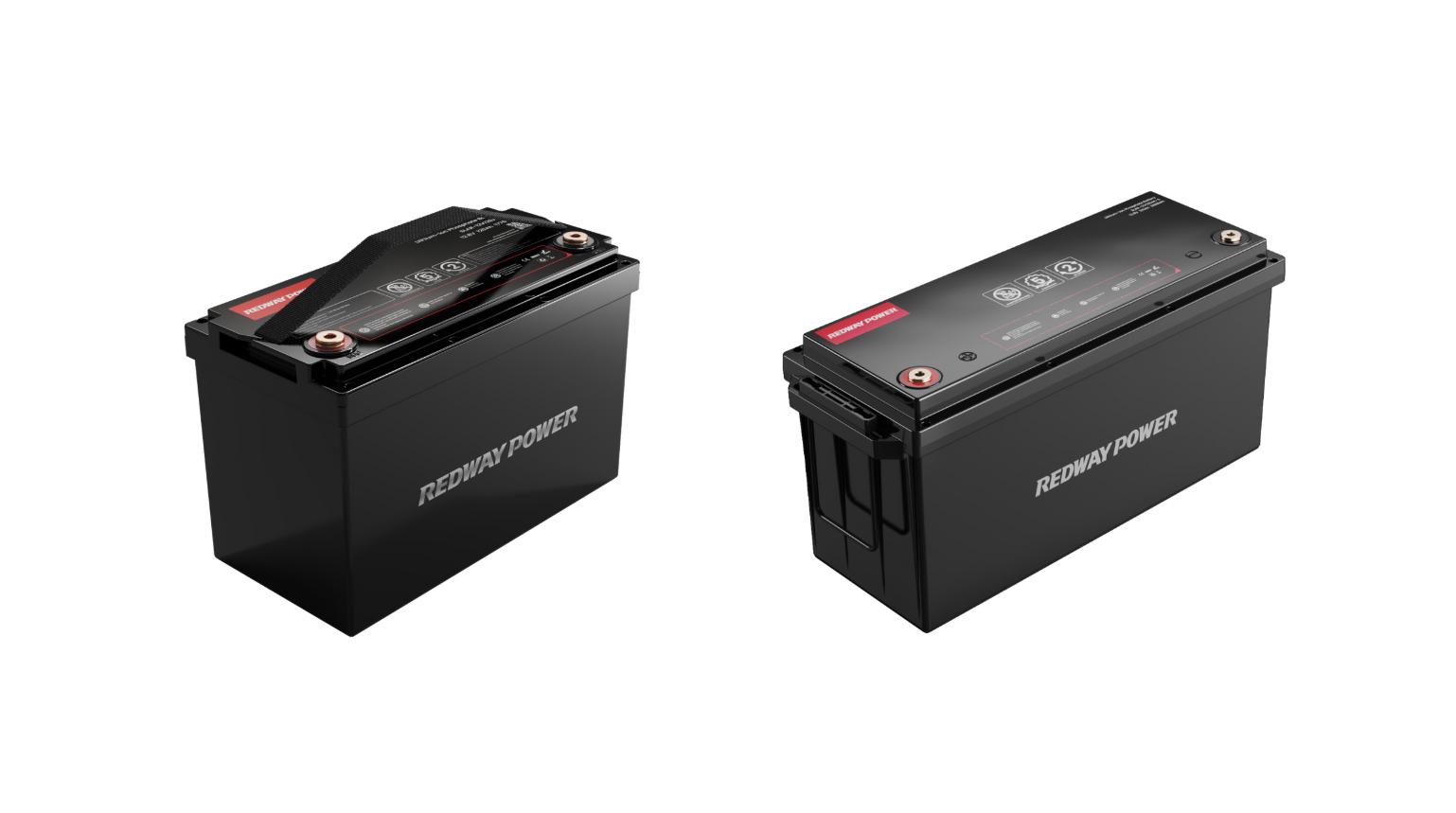
Exploring LiFePO4 Batteries for Various Applications
LiFePO4 batteries, or lithium iron phosphate batteries, are increasingly recognized for their reliability and efficiency across a range of applications, including solar energy systems, marine use, and deep cycle applications. This article delves into the specific types of LiFePO4 batteries available for purchase, their pricing, and their suitability for various uses.
What Are LiFePO4 Batteries for Solar Applications?
LiFePO4 batteries for solar applications are designed to store energy generated by solar panels efficiently. Key features include:
- High Energy Density: LiFePO4 batteries can store more energy in a compact form, making them ideal for residential and commercial solar setups.
- Long Cycle Life: These batteries typically offer 3,000 to 5,000 cycles at 80% depth of discharge (DoD), providing longevity that reduces replacement frequency.
- Safety: Known for their thermal stability, LiFePO4 batteries are less prone to overheating or combustion compared to traditional lithium-ion batteries.
These characteristics make them an excellent choice for integrating with solar energy systems.Diagram: Benefits of LiFePO4 Batteries in Solar Applications
How Does a Solar Battery LiFePO4 Work?
A solar battery LiFePO4 works by storing excess energy generated during the day for use at night or during cloudy weather. The process involves:
- Charging: When sunlight is available, solar panels convert sunlight into electricity, charging the LiFePO4 battery.
- Energy Storage: The battery stores this energy efficiently with minimal loss due to its high charge retention capabilities.
- Discharging: During periods without sunlight, the stored energy is released to power electrical devices.
This cycle ensures that users can maximize their solar energy usage while minimizing reliance on grid power.Diagram: Operation of a Solar Battery LiFePO4
What Is a LiFePO4 Battery Bank?
A LiFePO4 battery bank consists of multiple LiFePO4 batteries connected together to provide a larger capacity for energy storage. Key aspects include:
- Modular Design: Battery banks can be configured based on specific energy demands, allowing flexibility in design.
- Integration with Renewable Energy: These banks can seamlessly integrate with solar or wind systems to enhance sustainability while providing backup power.
- Smart Monitoring Systems: Advanced battery banks often feature monitoring systems that provide real-time data on performance and health.
Battery banks are essential for ensuring continuous operation during power outages and maximizing the use of renewable energy sources.Diagram: Components of a LiFePO4 Battery Bank
What Is a LiFePO4 Trolling Motor Battery?
A LiFePO4 trolling motor battery is specifically designed for use in electric trolling motors on boats. Its advantages include:
- Lightweight Design: Compared to lead-acid batteries, LiFePO4 batteries are significantly lighter, improving boat performance.
- Longer Lifespan: These batteries can last up to 10 years or more with proper care, reducing the need for frequent replacements.
- Consistent Power Output: They provide stable voltage throughout the discharge cycle, ensuring reliable performance during fishing trips.
These features make LiFePO4 trolling motor batteries an excellent choice for anglers seeking dependable power.Diagram: Advantages of LiFePO4 Trolling Motor Batteries
How Does a Deep Cycle LiFePO4 Battery Perform?
A deep cycle LiFePO4 battery is engineered to deliver sustained power over extended periods. Key characteristics include:
- Durability: These batteries can withstand repeated deep discharges without significant degradation.
- High Efficiency: They maintain consistent voltage output throughout their discharge cycle, making them suitable for various applications such as RVs and off-grid systems.
- Environmental Resistance: LiFePO4 batteries perform well in a wide range of temperatures and conditions.
These characteristics make deep cycle LiFePO4 batteries ideal for applications requiring reliable power over long durations.Diagram: Characteristics of Deep Cycle LiFePO4 Batteries
Expert Views
“LiFePO4 technology is transforming the landscape of energy storage solutions by providing efficient, long-lasting batteries that are both safe and environmentally friendly,” states Dr. Emily Carter, an expert in renewable energy technologies.
FAQ Section
- What are LiFePO4 batteries for solar applications?
These batteries are designed to store excess solar energy efficiently and have high energy density and long cycle life. - How does a solar battery LiFePO4 work?
It charges from solar panels during the day and discharges stored energy when sunlight is unavailable. - What is a LiFePO4 battery bank?
A battery bank consists of multiple interconnected LiFePO4 batteries designed to provide larger capacity storage for energy needs. - What is a LiFePO4 trolling motor battery?
This type of battery is lightweight and provides stable power output specifically designed for electric trolling motors on boats. - How does a deep cycle LiFePO4 battery perform?
It offers durability and high efficiency while maintaining consistent voltage output throughout its discharge cycle.
In conclusion, understanding the various types of LiFePO4 batteries—such as those used in solar applications, trolling motors, and deep cycle setups—will empower users to make informed decisions that enhance operational reliability while ensuring effective energy management across diverse applications.
